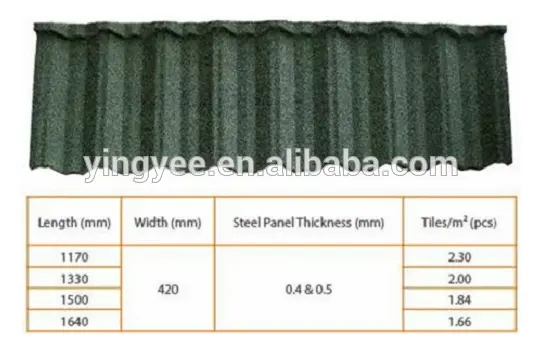
The Automatic Adjustment of C Z-Purlin Sizes in Roll Forming Machines
In the world of modern construction and manufacturing, steel purlins serve a crucial role in providing the structural integrity needed for various types of buildings. Among the various profiles available, C and Z purlins are particularly popular due to their strength, versatility, and ease of installation. The advent of automatic roll forming machines has revolutionized the production of these essential components, enhancing efficiency and precision in manufacturing.
Understanding C and Z Purlins
C and Z purlins are cold-formed steel sections used primarily in roofing and framing applications. Their unique shapes provide excellent load-bearing capabilities, making them ideal for supporting roofs or as part of the structural framework in buildings. The key difference between the two lies in their profiles C purlins have a channel shape, while Z purlins have a flange that extends in the opposite direction, allowing for a more efficient overlap when used in a structural assembly.
The Role of Roll Forming Machines
Roll forming machines are specialized pieces of equipment designed to continuously bend and shape strips of metal into specific profiles. These machines work by feeding a flat steel sheet through a series of rollers, each of which imparts a small bend to the material. Over multiple passes, the material gradually takes on the desired shape—C or Z profiles, in this case.
One of the most significant advancements in roll forming technology is the introduction of automatic size adjustment features. This capability allows manufacturers to quickly switch between producing different sizes and profiles of purlins without the need for extensive retooling or downtime.
Automatic Adjustment Mechanism
The automatic adjustment mechanism in roll forming machines utilizes advanced technologies such as servo motors and programmable logic controllers (PLCs). These components work together to monitor and adjust the machine settings according to the specifications of the purlin to be produced. By inputting the desired size and shape into the machine’s interface, operators can ensure that the adjustment is made swiftly and accurately.

This system not only increases efficiency by reducing setup time, but it also improves the consistency of the final product. Each purlin produced can be made to precise specifications, minimizing waste and the need for manual quality control checks.
Benefits of Automatic Adjustment
1. Increased Production Efficiency The ability to quickly change sizes allows manufacturers to respond to varying demand for different purlin dimensions without incurring significant downtime.
2. Reduced Labor Costs With less manual intervention required to adjust the machines, operations can be streamlined, resulting in lower labor costs.
3. Enhanced Product Quality Automation reduces the likelihood of human error in size adjustments, leading to better quality purlins and minimizing defects.
4. Flexibility in Production Manufacturers can easily shift between product lines, allowing for a more flexible approach to meet market demands or customer specifications.
5. Lower Material Waste Precise adjustments lead to optimized cutting and bending processes, which in turn reduce material waste and increase overall sustainability.
Conclusion
The introduction of automatic adjustment features in C Z-purlin size roll forming machines marks a significant stride in manufacturing technology. By enhancing production efficiency and quality, while also reducing costs, these innovations pave the way for a more agile and responsive manufacturing environment. As the demand for versatile construction materials continues to grow, the role of advanced roll forming technology will undoubtedly become even more critical in meeting the needs of the industry.